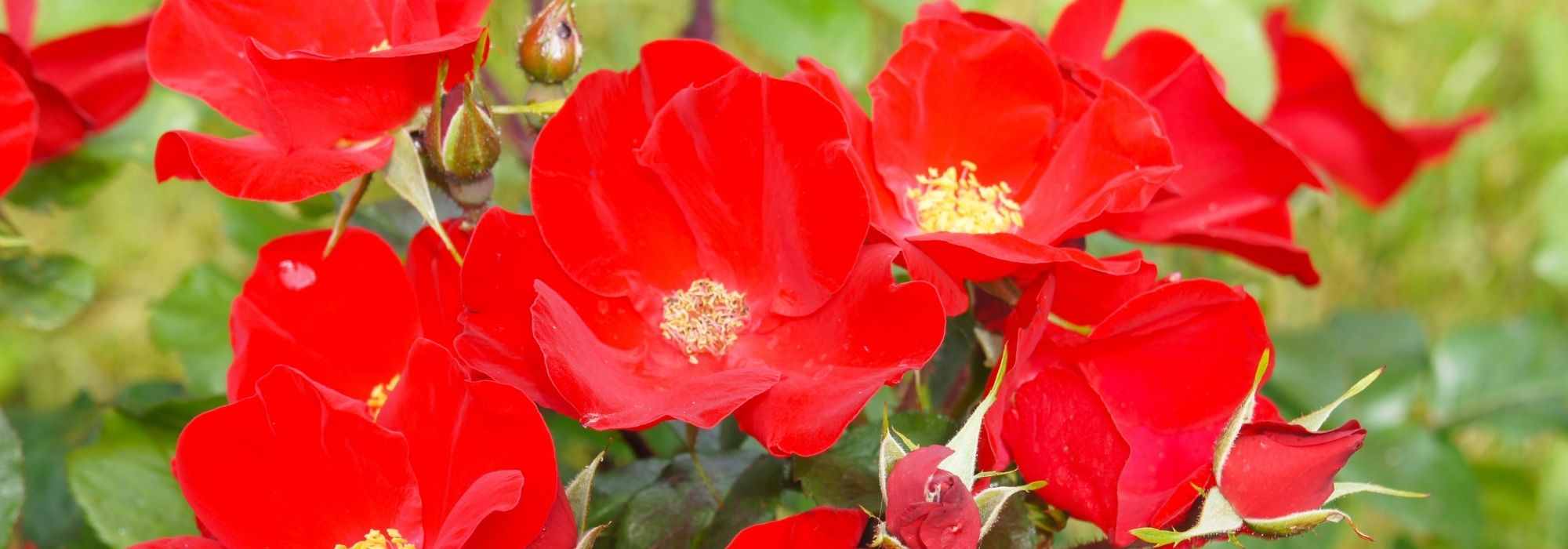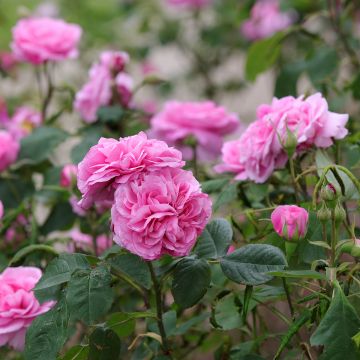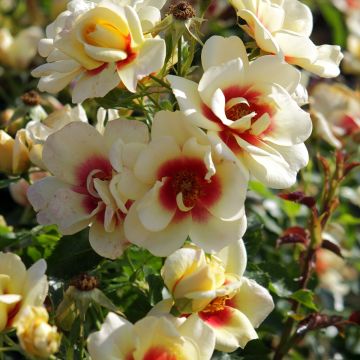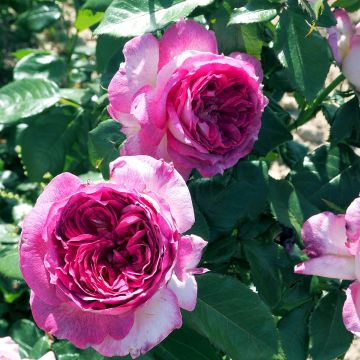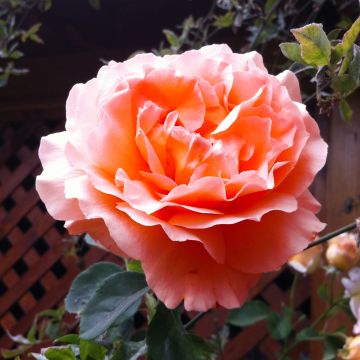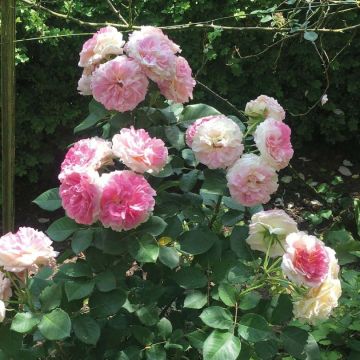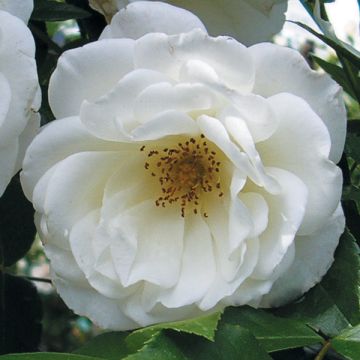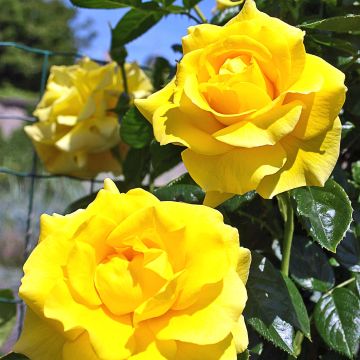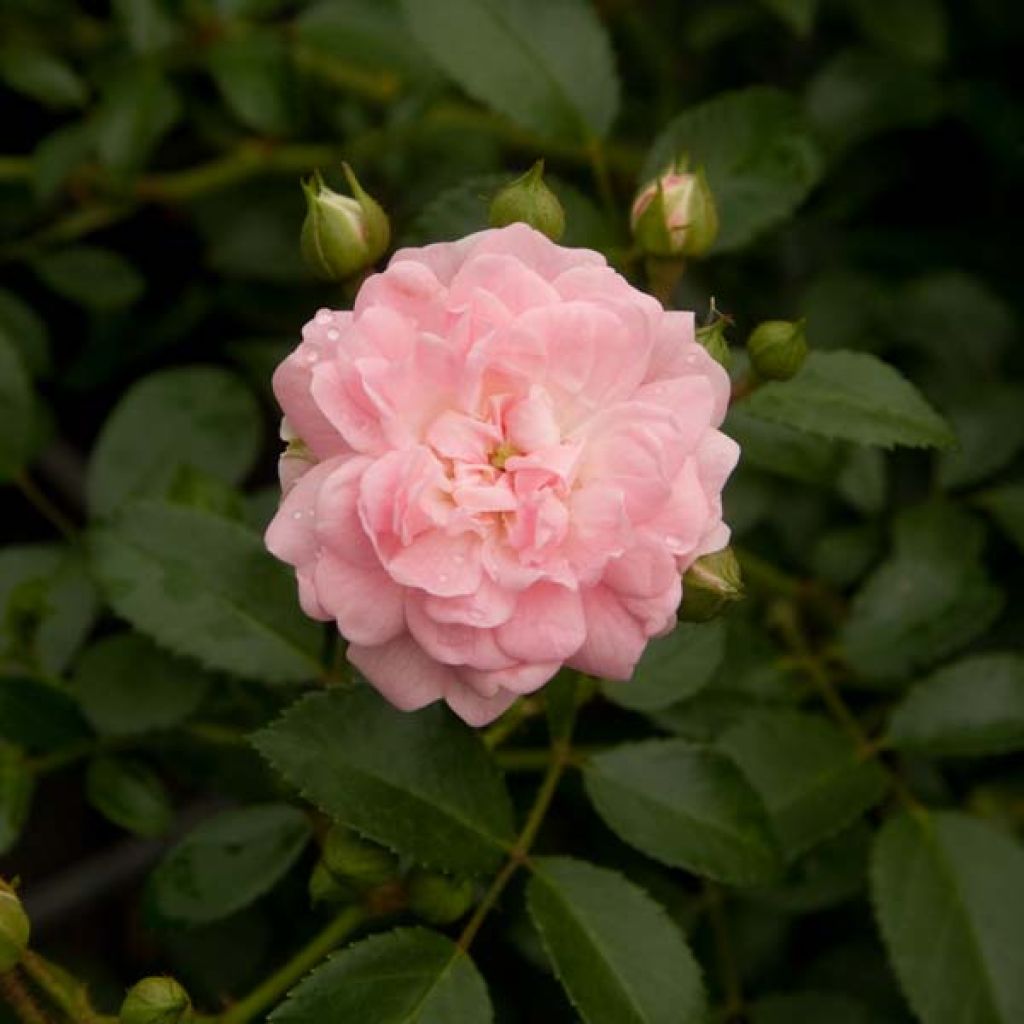

Rosa x polyantha The Fairy - Groundcover Rose
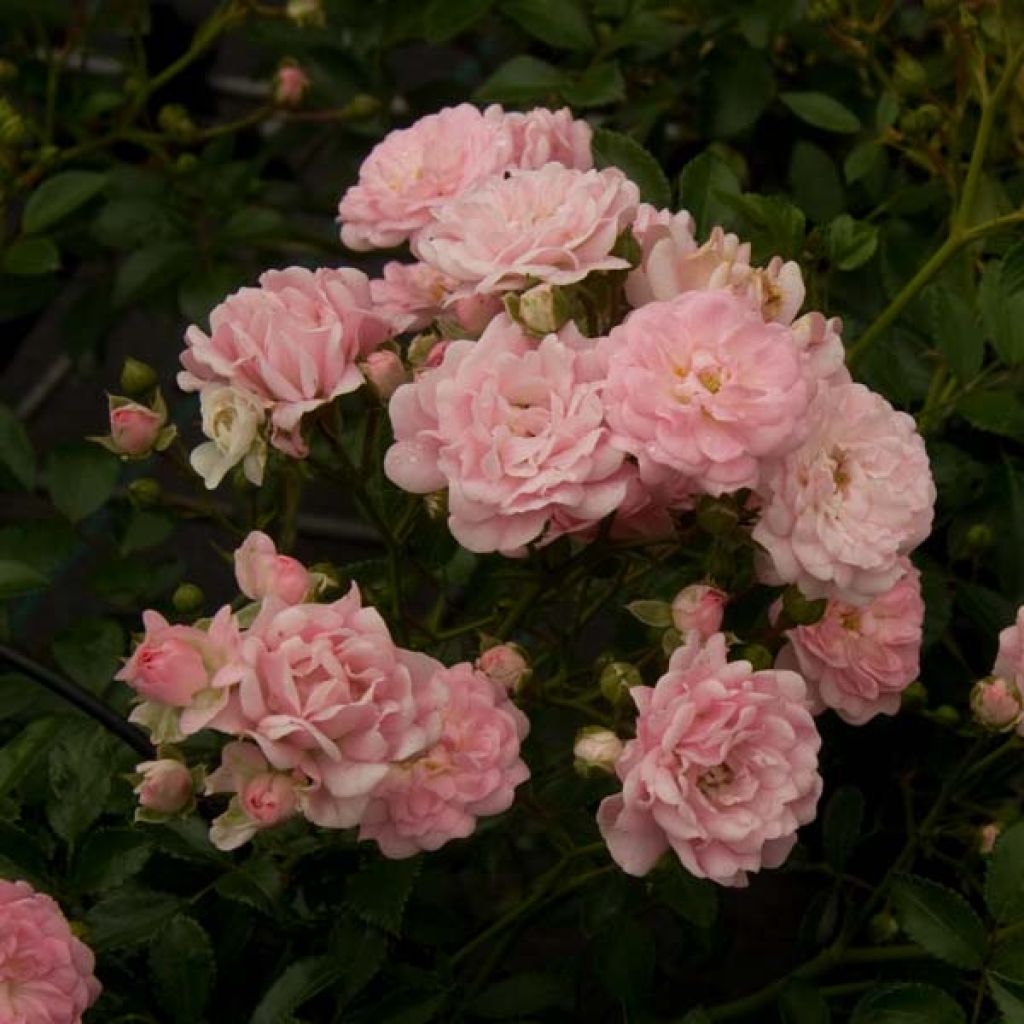

Rosa x polyantha The Fairy - Groundcover Rose
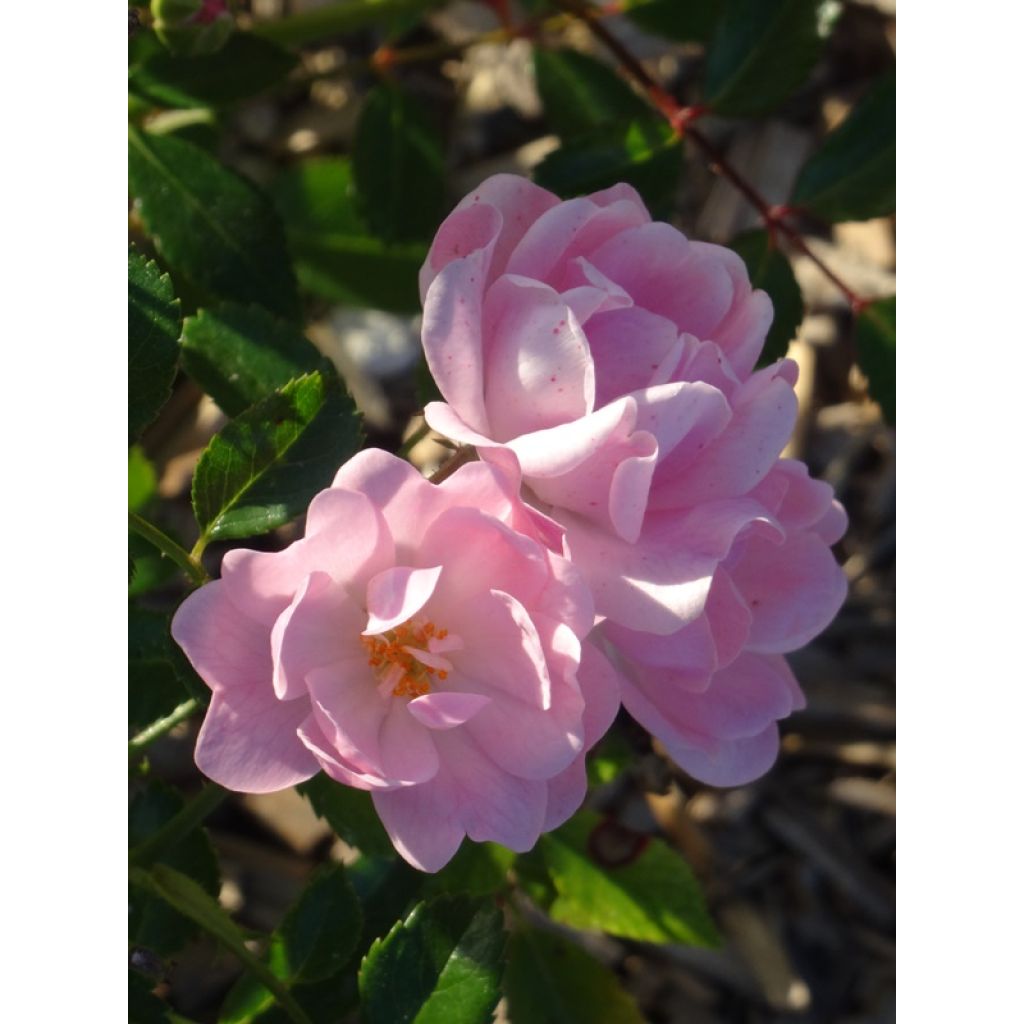

Rosa x polyantha The Fairy - Groundcover Rose
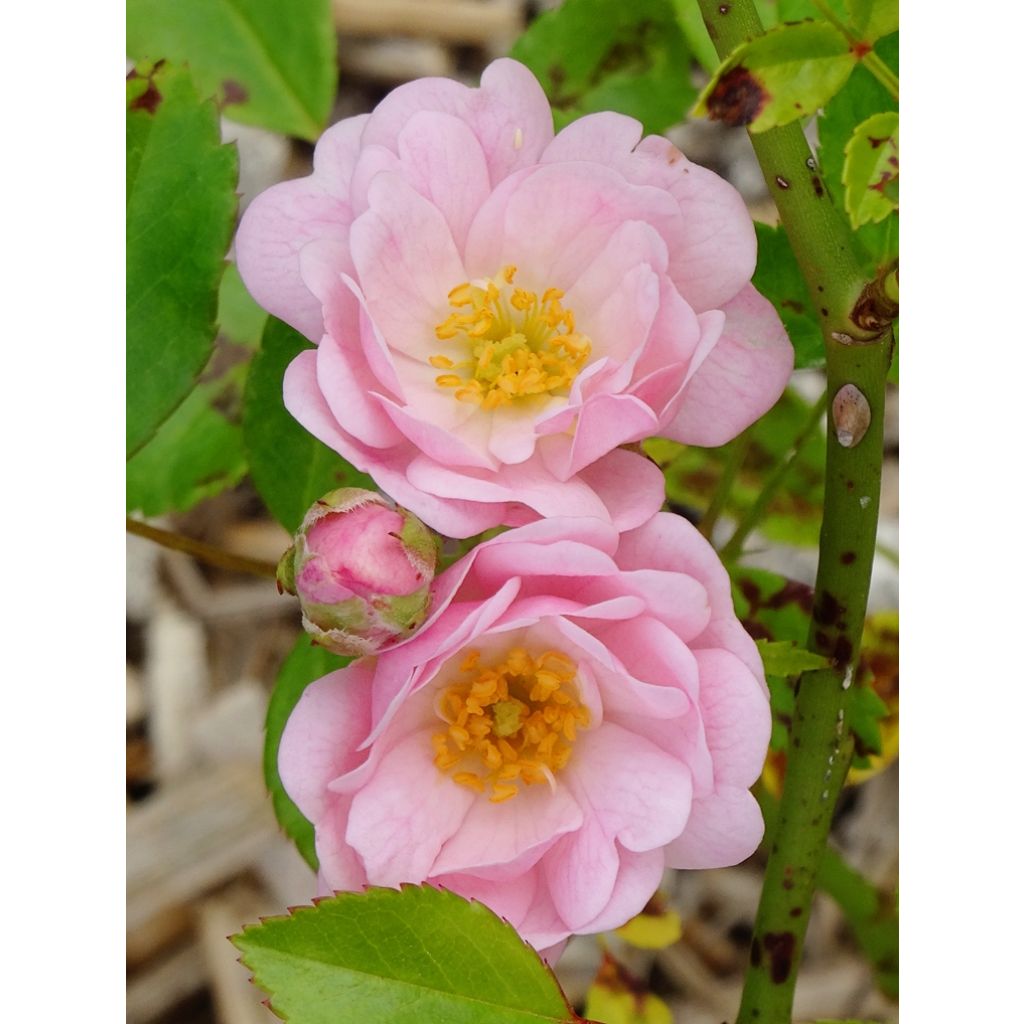

Rosa x polyantha The Fairy - Groundcover Rose
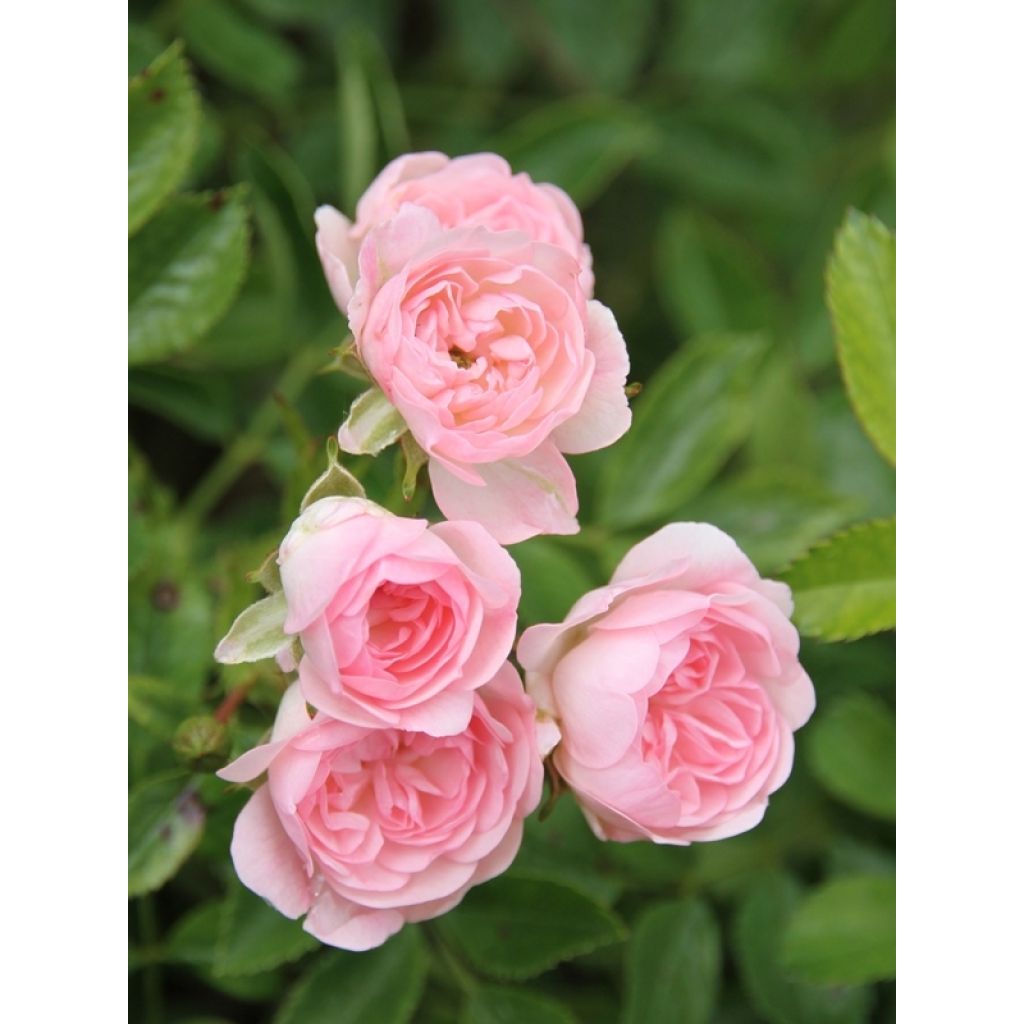

Rosa x polyantha The Fairy - Groundcover Rose
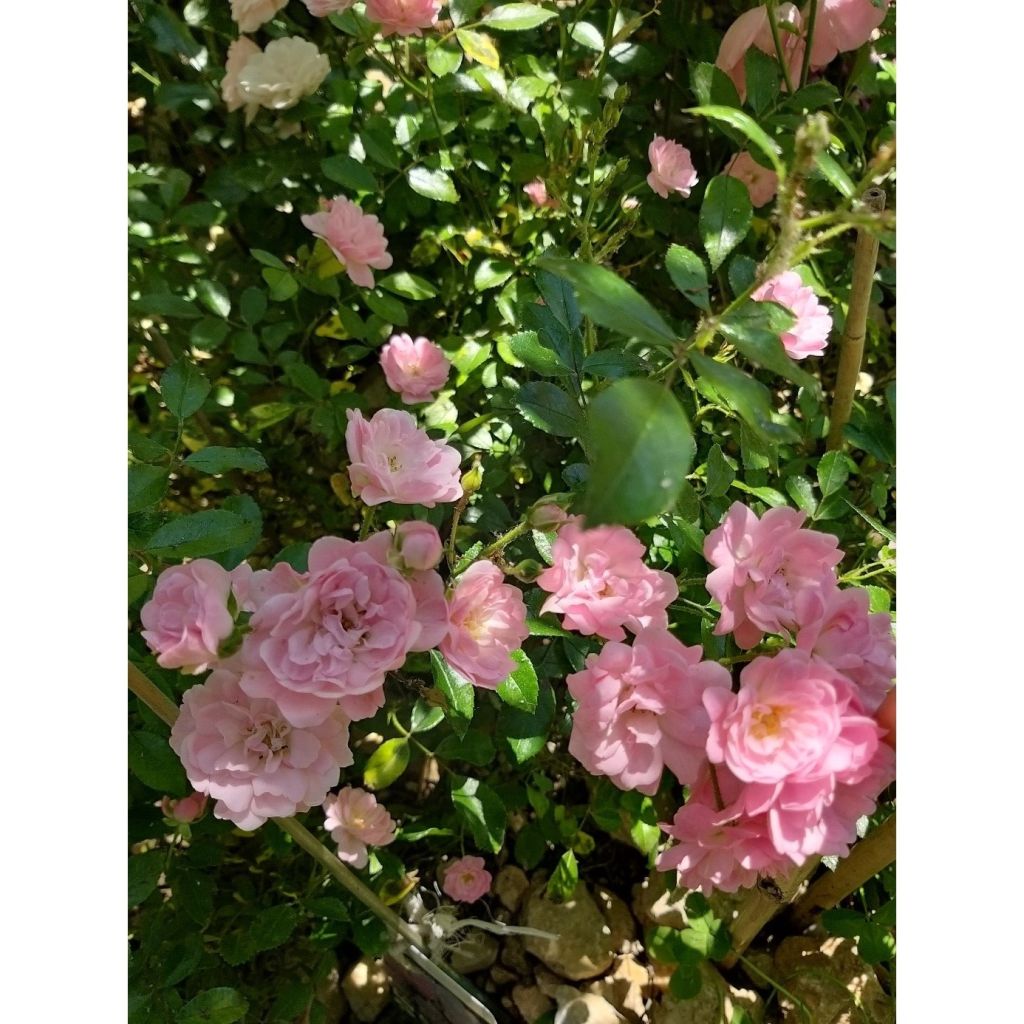

Rosa x polyantha The Fairy - Groundcover Rose
View more pictures
Hide images

Carine F.

Carine F. • 45 FR

Thierry P.

October flowering - image 37
Thierry P. • 84 FR
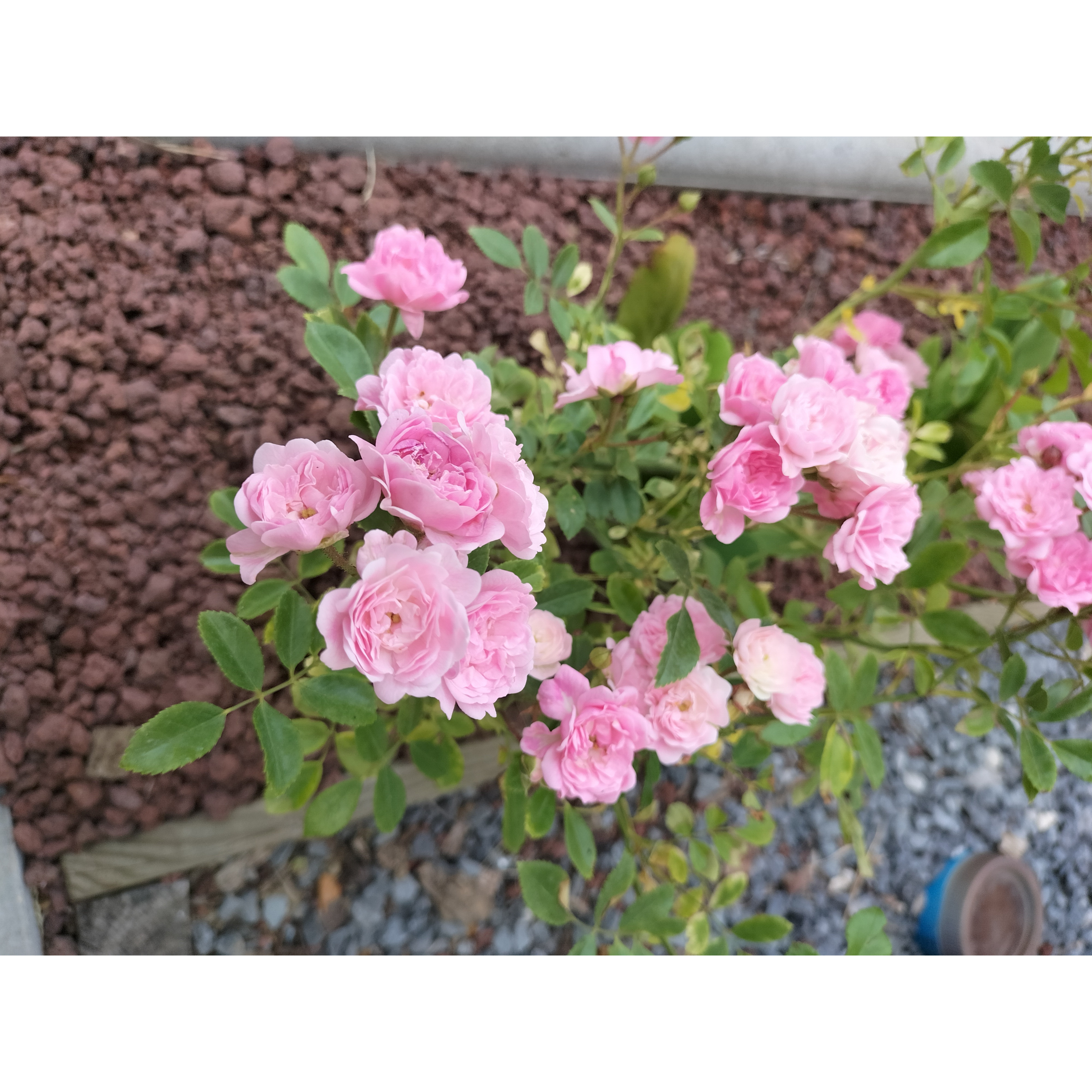
Véronique R.

Planted on 10/06/2022.
Véronique R. • 59 FR
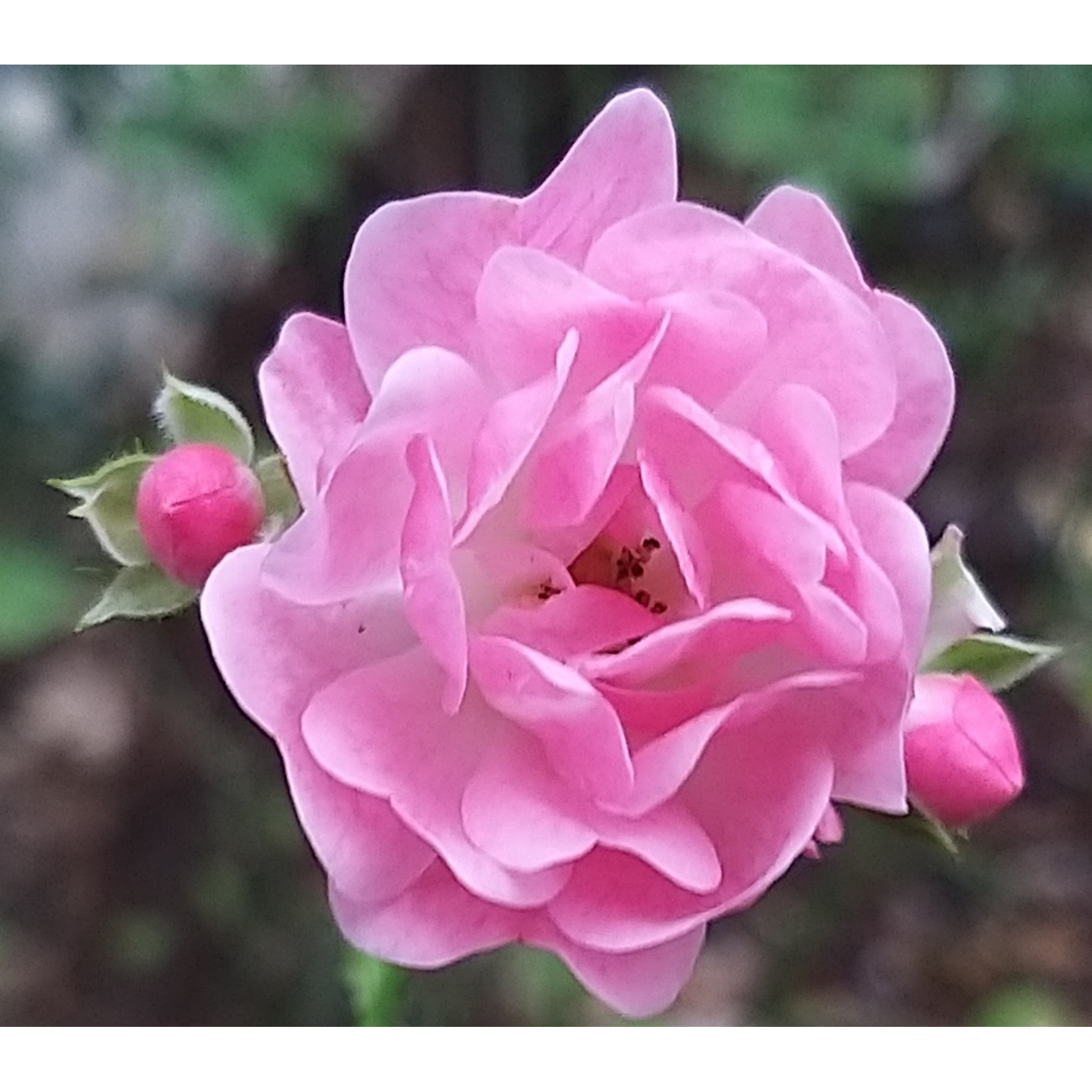
Thierry P.

October flowering - image 36
Thierry P. • 84 FR

Thierry P.

June flowering - image 35
Thierry P. • 84 FR

Thierry P.

November flowering - image 32
Thierry P. • 84 FR
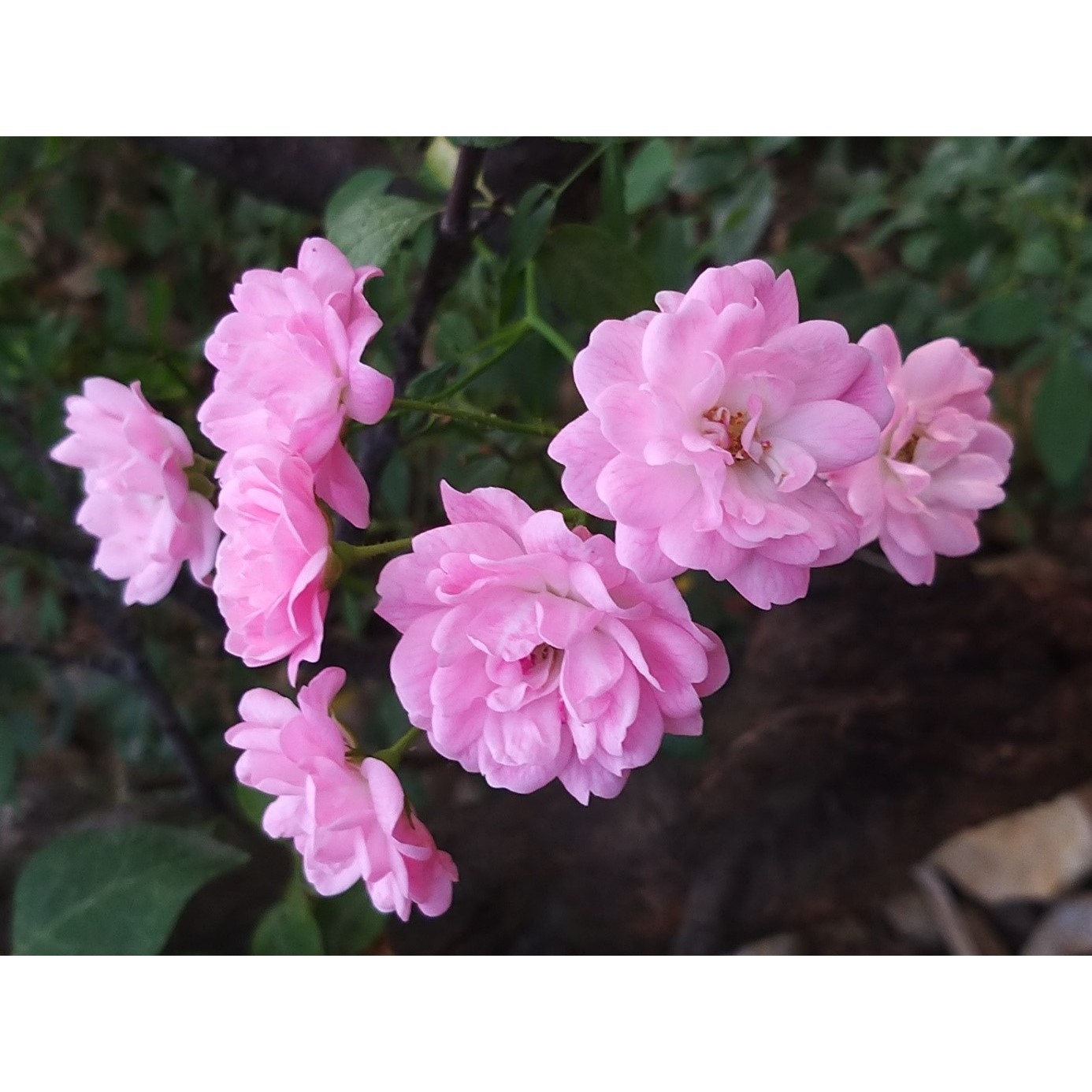
Thierry P.

September flowering - image 18
Thierry P. • 84 FR

Thierry P.

September flowering - image 17
Thierry P. • 84 FR
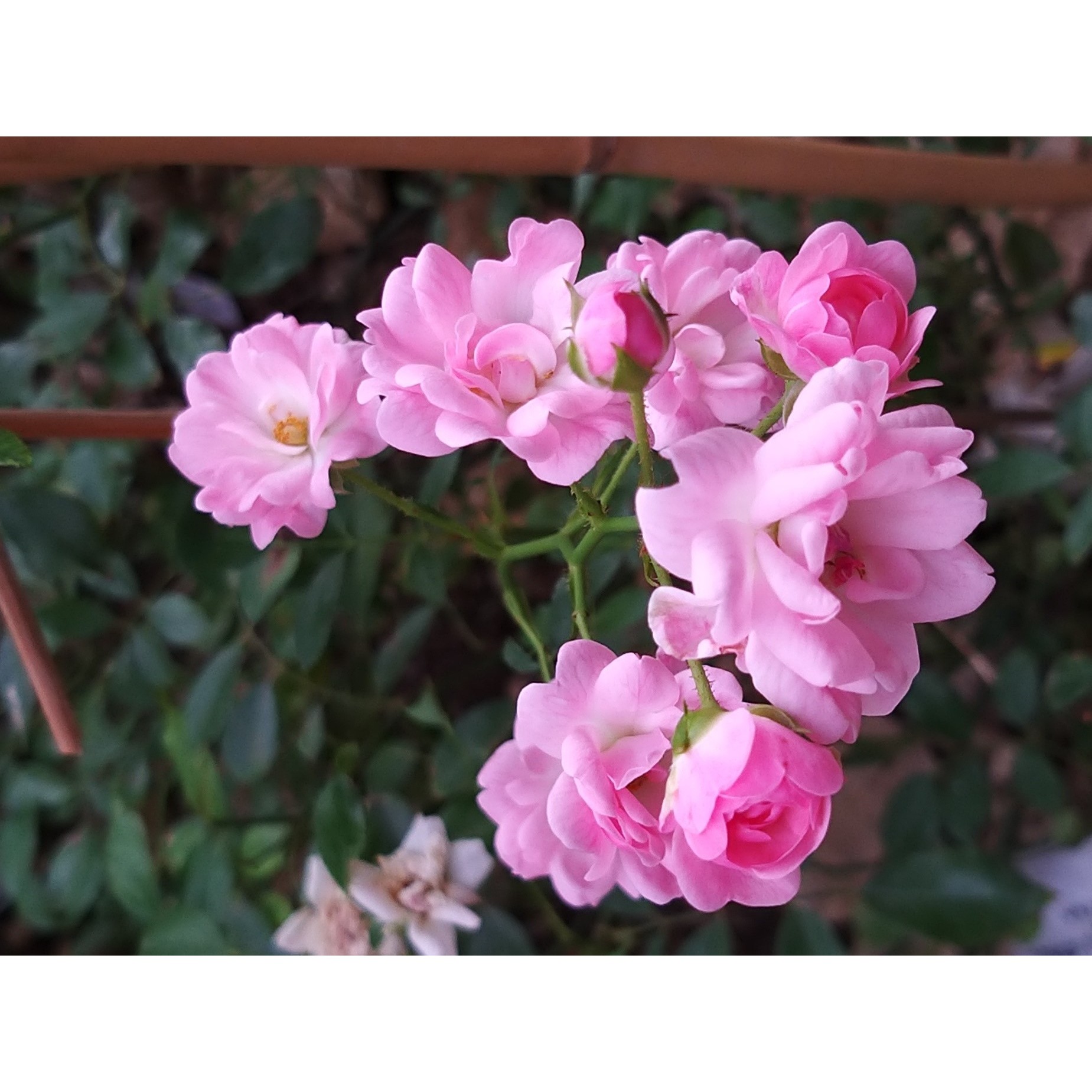
Thierry P.

No text to translate.
Thierry P. • 84 FR

Elise A.

This little one is only two years old!
Elise A. • 51 FR

Elise A.

Healthy and abundant foliage
Elise A. • 51 FR
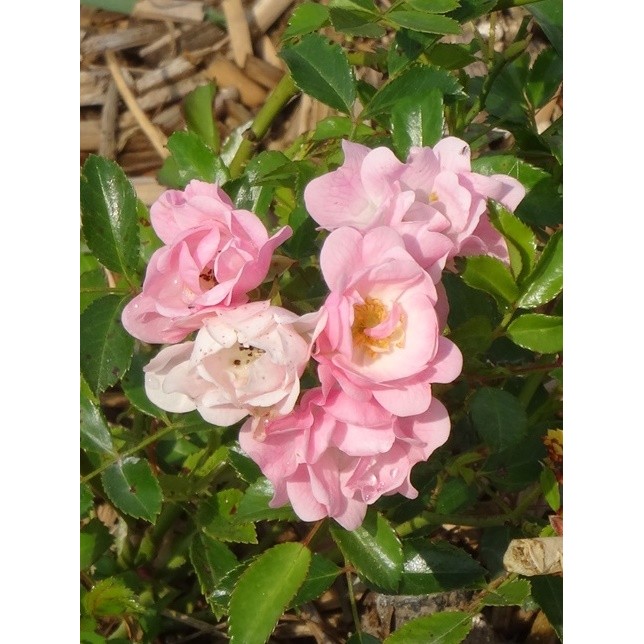
Elise A.

Elise A. • 51 FR
Rosa x polyantha The Fairy - Groundcover Rose
Rosa x polyantha The Fairy
Very pretty plant that is developing harmoniously.
Christelle, 03/05/2025
Special offer!
Receive a €20 voucher for any order over €90 (excluding delivery costs, credit notes, and plastic-free options)!
1- Add your favorite plants to your cart.
2- Once you have reached €90, confirm your order (you can even choose the delivery date!).
3- As soon as your order is shipped, you will receive an email containing your voucher code, valid for 3 months (90 days).
Your voucher is unique and can only be used once, for any order with a minimum value of €20, excluding delivery costs.
Can be combined with other current offers, non-divisible and non-refundable.
Home or relay delivery (depending on size and destination)
Schedule delivery date,
and select date in basket
We guarantee the quality of our plants for a full growing cycle, and will replace at our expense any plant that fails to recover under normal climatic and planting conditions.

Description
The rose The Fairy is a remarkable creation dating back to 1932. An exceptional creation that has adorned gardens all over the world, preceded by its solid reputation. It must be admitted that this remarkable groundcovering bush displays many qualities. It is first appreciated for the generosity of its flowering, in bouquets of double flowers in a fresh and bright pink shade that fades a little during the season. Then it surprises with its health: adorned with very healthy foliage, it proves to be undemanding, vigorous, and comfortable everywhere. Almost foolproof, this rose is even recommended for beginner gardeners. It can be planted anywhere: in borders, in flowerbeds, in a small hedge, or even in a large pot on the patio or balcony.
The flowers of Rosa x polyantha The Fairy, gathered in terminal bouquets, come from the polyantha rose, an old hybrid derived from Rosa multiflora and Rosa chinensis. The Fairy has a spread-out bushy habit, wider than it is tall. It will reach a height of about 80 cm (32in) and a width of 90 cm (35in) to 1 m (3ft) in a few years. The small pompom double flowers, 3 cm (1in) in diameter, in the shape of rosettes, are barely scented. They are bright pink, becoming a soft pink towards the end of flowering, and bloom in very large numbers from July to October-November, as long as there is no frost. This very vigorous variety, resistant to diseases, develops fine, bronze-green, semi-evergreen foliage, more or less matte to slightly shiny. Its reddish stems bear thorns.
Bentall 1932 creation.
The Rose The Fairy rose adapts to all soils that are not too wet (even poor and dry) and all climates, which allows it to be welcomed everywhere. It has long trailing branches that work wonders in rockeries or on slopes where it will cover the ground. It can also be planted in groups of 3 plants, arranged in a triangle, or as a spcimen on a lawn. When planted en masse, it will border pathways and highlight shrub beds. It will integrate perfectly into beds of light or opulent perennials. For example, it can be associated with perennial geraniums (Geranium Blue Cloud, Anne Folkard, Nimbus, Orion), campanulate flowers (lactiflora, rapunculoides), catmints, snapdragons, foxgloves, or other Stachys. Left to grow freely, it will form a flowering dome which would be wildly romantic in front of a shrub bed composed of abelias, Kolwitzia, mock oranges, elderberries, or shrubby wormwoods, for example.
Plant habit
Flowering
Foliage
Botanical data
Rosa
x polyantha
The Fairy
Rosaceae
Cultivar or hybrid
Rosa canina Laxa (Wrapped bare root, 4L/5L pot)
Planting and care
Roses prefer a sunny location (at least 4 to 5 hours of sunlight per day) but protected from the scorching midday rays and strong wind. Roses appreciate loose, permeable, and humus-rich soils. They prefer slightly acidic soil but will adapt to any garden as long as the soil is well worked and sufficiently rich. Plant your potted rose, work the soil to a depth of 25 cm (10in), crumble the soil well, and place a base amendment such as bonemeal at the bottom of the planting hole. Position your plant, freed from its pot, and cover the top of the root ball with 3 cm (1in) of soil. Fill in the hole and water generously to eliminate air pockets. During dry weather, it is necessary to water regularly for a few weeks to facilitate root growth. Also, remember to provide your rose with special rose fertiliser that stimulates flowering in plants. To achieve abundant flowering in your climbing roses, regularly bend and tie the branches that can grow up to 1 m (3ft) in a week during the summer. Each bend results in a lateral shoot that ends in a cluster of flowers. Do not hesitate to use this technique, you will be rewarded.
The rose The Fairy adapts to all types of soil but dislikes waterlogged soils. However, it is relatively resistant to drought and adapts to poor soils.
Roses are often spotted or unsightly at the end of summer, but this is not a problem for their development. These spots are not harmful to the rose; it is a natural phenomenon.
Planting period
Intended location
Care
Planting & care advice
-
, onOrder confirmed
Reply from on Promesse de fleurs
Similar products
Haven't found what you were looking for?
Hardiness is the lowest winter temperature a plant can endure without suffering serious damage or even dying. However, hardiness is affected by location (a sheltered area, such as a patio), protection (winter cover) and soil type (hardiness is improved by well-drained soil).

Photo Sharing Terms & Conditions
In order to encourage gardeners to interact and share their experiences, Promesse de fleurs offers various media enabling content to be uploaded onto its Site - in particular via the ‘Photo sharing’ module.
The User agrees to refrain from:
- Posting any content that is illegal, prejudicial, insulting, racist, inciteful to hatred, revisionist, contrary to public decency, that infringes on privacy or on the privacy rights of third parties, in particular the publicity rights of persons and goods, intellectual property rights, or the right to privacy.
- Submitting content on behalf of a third party;
- Impersonate the identity of a third party and/or publish any personal information about a third party;
In general, the User undertakes to refrain from any unethical behaviour.
All Content (in particular text, comments, files, images, photos, videos, creative works, etc.), which may be subject to property or intellectual property rights, image or other private rights, shall remain the property of the User, subject to the limited rights granted by the terms of the licence granted by Promesse de fleurs as stated below. Users are at liberty to publish or not to publish such Content on the Site, notably via the ‘Photo Sharing’ facility, and accept that this Content shall be made public and freely accessible, notably on the Internet.
Users further acknowledge, undertake to have ,and guarantee that they hold all necessary rights and permissions to publish such material on the Site, in particular with regard to the legislation in force pertaining to any privacy, property, intellectual property, image, or contractual rights, or rights of any other nature. By publishing such Content on the Site, Users acknowledge accepting full liability as publishers of the Content within the meaning of the law, and grant Promesse de fleurs, free of charge, an inclusive, worldwide licence for the said Content for the entire duration of its publication, including all reproduction, representation, up/downloading, displaying, performing, transmission, and storage rights.
Users also grant permission for their name to be linked to the Content and accept that this link may not always be made available.
By engaging in posting material, Users consent to their Content becoming automatically accessible on the Internet, in particular on other sites and/or blogs and/or web pages of the Promesse de fleurs site, including in particular social pages and the Promesse de fleurs catalogue.
Users may secure the removal of entrusted content free of charge by issuing a simple request via our contact form.
The flowering period indicated on our website applies to countries and regions located in USDA zone 8 (France, the United Kingdom, Ireland, the Netherlands, etc.)
It will vary according to where you live:
- In zones 9 to 10 (Italy, Spain, Greece, etc.), flowering will occur about 2 to 4 weeks earlier.
- In zones 6 to 7 (Germany, Poland, Slovenia, and lower mountainous regions), flowering will be delayed by 2 to 3 weeks.
- In zone 5 (Central Europe, Scandinavia), blooming will be delayed by 3 to 5 weeks.
In temperate climates, pruning of spring-flowering shrubs (forsythia, spireas, etc.) should be done just after flowering.
Pruning of summer-flowering shrubs (Indian Lilac, Perovskia, etc.) can be done in winter or spring.
In cold regions as well as with frost-sensitive plants, avoid pruning too early when severe frosts may still occur.
The planting period indicated on our website applies to countries and regions located in USDA zone 8 (France, United Kingdom, Ireland, Netherlands).
It will vary according to where you live:
- In Mediterranean zones (Marseille, Madrid, Milan, etc.), autumn and winter are the best planting periods.
- In continental zones (Strasbourg, Munich, Vienna, etc.), delay planting by 2 to 3 weeks in spring and bring it forward by 2 to 4 weeks in autumn.
- In mountainous regions (the Alps, Pyrenees, Carpathians, etc.), it is best to plant in late spring (May-June) or late summer (August-September).
The harvesting period indicated on our website applies to countries and regions in USDA zone 8 (France, England, Ireland, the Netherlands).
In colder areas (Scandinavia, Poland, Austria...) fruit and vegetable harvests are likely to be delayed by 3-4 weeks.
In warmer areas (Italy, Spain, Greece, etc.), harvesting will probably take place earlier, depending on weather conditions.
The sowing periods indicated on our website apply to countries and regions within USDA Zone 8 (France, UK, Ireland, Netherlands).
In colder areas (Scandinavia, Poland, Austria...), delay any outdoor sowing by 3-4 weeks, or sow under glass.
In warmer climes (Italy, Spain, Greece, etc.), bring outdoor sowing forward by a few weeks.






































